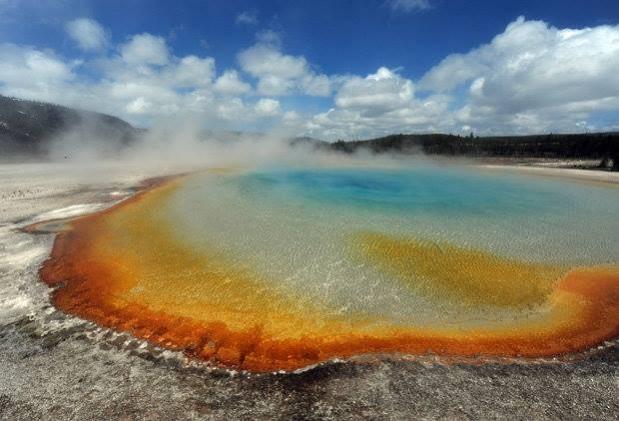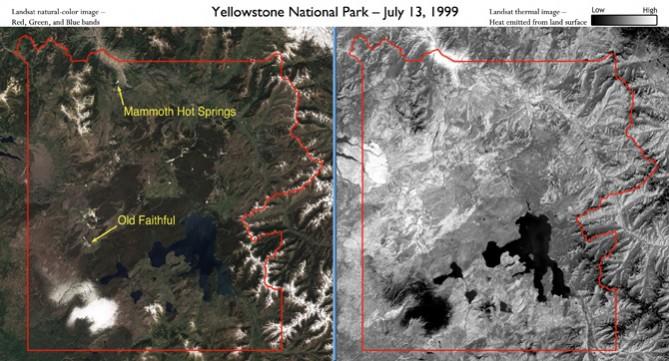
The US National Aeronautics and Space Administration (NASA) has come up with a plan to protect mankind from the global threat posed by the Yellowstone Supervolcano.
ALSO READ: Giant asteroid Florence to safely pass Earth on September 1; top 7 things to know

Here are the top things to know about it:
1. The Yellowstone supervolcano is an ancient active volcano that erupts every 600,000 years. It completed its last eruption 600,000 years ago, and is known for features like 10,000 hot springs, mud pots, terraces and geysers, including the cone geyser named Old Faithful.
ALSO READ: Total Solar Eclipse 2017: Top 7 things to know about the astronomical event [Live Stream link]
2. The volcano is situated in the Yellowstone National Park in the US. It is defined as one of the major natural threats to human civilisation by NASA.
3. According to one of the measures NASA plans to take, this supervolcano can be cooled down by pumping water into it at high pressure by drilling at its bottom.
4. "I was a member of the NASA Advisory Council on Planetary Defence which studied ways for Nasa to defend the planet from asteroids and comets," Brian Wilcox of NASA's Jet Propulsion Laboratory (JPL) at the California Institute of Technology told the Daily Mail. "I came to the conclusion during that study that the supervolcano threat is substantially greater than the asteroid or comet threat," he added.
5. According to report there are around 20 supervolcanoes known to exist on Earth. These are known to erupt after thousands of years. One of the supervolcanoes in New Zealand erupts every 26,500 years.
ALSO READ: Harry Potter 'Dementor' figure spotted in skies over South Africa [VIDEO]
6. A supervolcanic event could either be a short-term event or a long-term natural activity lasting for millions of years.
"Building a big aqueduct uphill into a mountainous region would be both costly and difficult, and people don't want their water spent that way," Wilcox says, as quoted by a BBC report.
"People are desperate for water all over the world and so a major infrastructure project, where the only way the water is used is to cool down a supervolcano, would be very controversial," he added.
7. The heat generated by the Yellowstone Supervolcano is almost equal to six industrial power plants. According to NASA, 35 percent of the rise in heat transfer can take place, this volcano can become inactive.
"The most important thing with this is to do no harm," Wilcox was quoted as saying by BBC. "If you drill into the top of the magma chamber and try and cool it from there, this would be very risky. This could make the cap over the magma chamber more brittle and prone to fracture. And you might trigger the release of harmful volatile gases in the magma at the top of the chamber which would otherwise not be released."
















